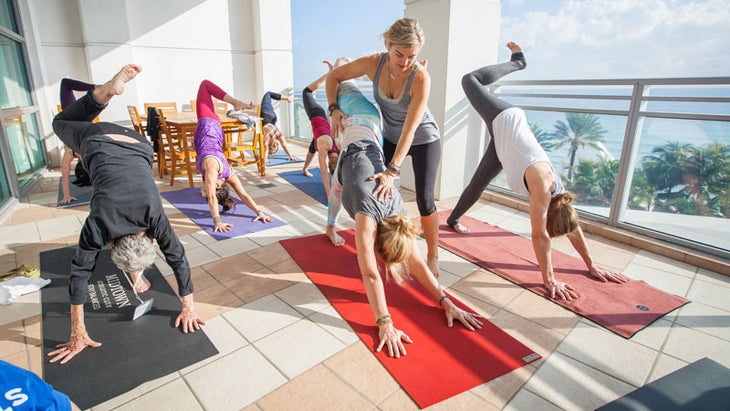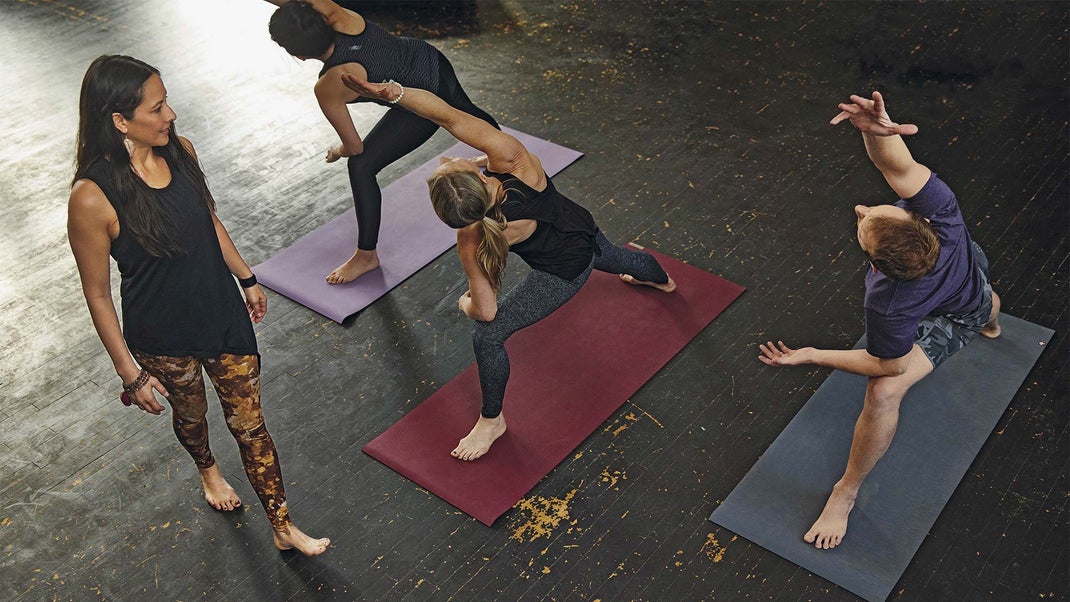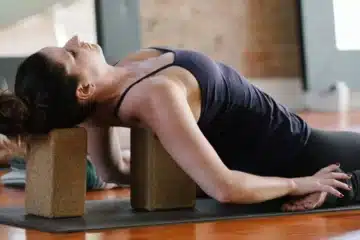As Yoga becomes more and more popular, there has been a corresponding increase in Yoga injuries. Yoga is an ancient practice that’s become increasingly popular in the Western world over the past few decades. “Yoga” comes from two Sanskrit words: Yoga means “union,” and Asana means “posture.”
Yoga teaches you to unify your body with your mind and spirit, which can be accomplished by performing certain postures called asanas. This blog post will discuss how Yoga injuries are on the rise, why they’re happening, and what you can do to prevent them!

If you’ve gotten hurt during a yoga class, you’re not alone. A new study published last November in the Orthopaedic Journal of Sports Medicine found that yoga injuries are on the rise, especially among older adults.
The study, titled Yoga-Related Injuries in the United States From 2001 to 2014, found that there were 29,590 yoga-related injuries seen in hospital emergency departments from 2001 to 2014. Overall, yoga injuries became almost twice as common in 2014 as in 2001. But among seniors especially, yoga injuries truly skyrocketed. During the same time period, the rate of yoga injuries among adults 65 and older increased more than eightfold.
“We know that injury rates are higher among older adults for a number of reasons, one of which is they tend to be more fragile,” study co-author Gerald McGwin, Ph.D., Director of the Center for Injury Sciences at the University of Alabama at Birmingham, tells Yoga Journal. But McGwin doesn’t think the problem is strictly limited to age—nor is it limited to the rise in yoga’s popularity and more older people taking up yoga, which was accounted for in the study.
“It’s certainly possible that older folks that do yoga have started to gravitate to more advanced types of yoga, or there has been a shift in the types of classes being offered at yoga studios,” he hypothesizes. “More people perhaps are gravitating toward yoga who are not more prepared, or teachers or the studios that are opening perhaps aren’t at the level they should be,” he adds.
Coral Brown, teacher trainer, holistic psychotherapist, and one of Yoga Journal’s Art of Teaching Yoga instructors, believes there is likely a combination of factors behind the rise in yoga injuries. “There has been a significant increase in yoga teacher training, which makes it very difficult to ensure that the quality of teacher training is being upheld,” she says. “The process of getting the credentials to be a teacher trainer should be more stringent and more closely supervised.”
Brown also feels that 200 hours, which is the minimum amount of training required by the nonprofit association Yoga Alliance to become a registered yoga teacher (RYT), is not nearly enough. “Yoga is far too vast a subject to be digested in a mere 200 hours, only 20 of which are required to be dedicated to anatomy. Since yoga asana is such a physical practice, I believe that there should be more attention paid to the anatomical functioning of the body,” she contends.
(Andrew Tanner, chief ambassador for Yoga Alliance, responds that depending on the style of yoga you teach, anatomy is more or less important and that Yoga Alliance standards were designed to allow for the flexibility of different styles and the diversity of different lineages to be represented in one place. He also adds that 200 hours is a minimum standard, and after that, you can start practicing to become a teacher.)
As for older participants, Brown says they may be at a physiological disadvantage due to the natural decline in flexibility that comes not only with age but with lack of mobility, and doctors or therapists may be recommending the wrong types of classes for this age group. “Oftentimes people are referred to yoga by their doctors or therapists who may not understand that there are many different styles of yoga asana and that it isn’t a one-size-fits-all system,” she says. Below, Brown suggests four ways to avoid injuring yourself in a yoga class, whether you’re new to the mat or a more seasoned practitioner.
4 Ways to Avoid Yoga Injuries
1. Do your research.
Students need to do their research, not only on whether or not the teacher is properly qualified, but whether the style of yoga they are pursuing is a good match for them. Students should ask the teacher about their background. Ask questions about the teacher’s continuing education, about their most recent training, how long have they been teaching. If students don’t feel comfortable asking directly, then ask around, even check out the teacher’s social media feed to see if they post yoga-related content that is compatible with their needs.
2. Choose smaller vinyasa classes.
Vinyasa, which is perhaps the most popular style of yoga, is a repetitive, efficient, and skillful practice. This practice is best studied in a small group so that the teacher can monitor students and educate them to help prevent the many common misalignments from causing injury. The repetitive flexion and extension of the spine in the vinyasa system can easily lead to injury if done incorrectly and repetitively.
3. Start where you are…every time.
Following the guidelines of vinyasa krama, one should start with the simple and move toward the complex. If you’re a beginner, begin at the introductory level.
4. Practice with respect for your body and the practice itself.
Remember that yoga increases strength and flexibility in the body but more importantly, in the mind.
The study concludes that while yoga is a safe form of exercise with positive impacts on various aspects of a person’s health, participants should confer with a physician prior to engaging in physical activity.
Conclusion:
Moreover, those wishing to practice yoga—particularly individuals 65 years and older—must also take personal responsibility for their own safety precautions. “Participants must know their own limitations and not treat it as a CrossFit mentality and get themselves injured,” McGwin says.




